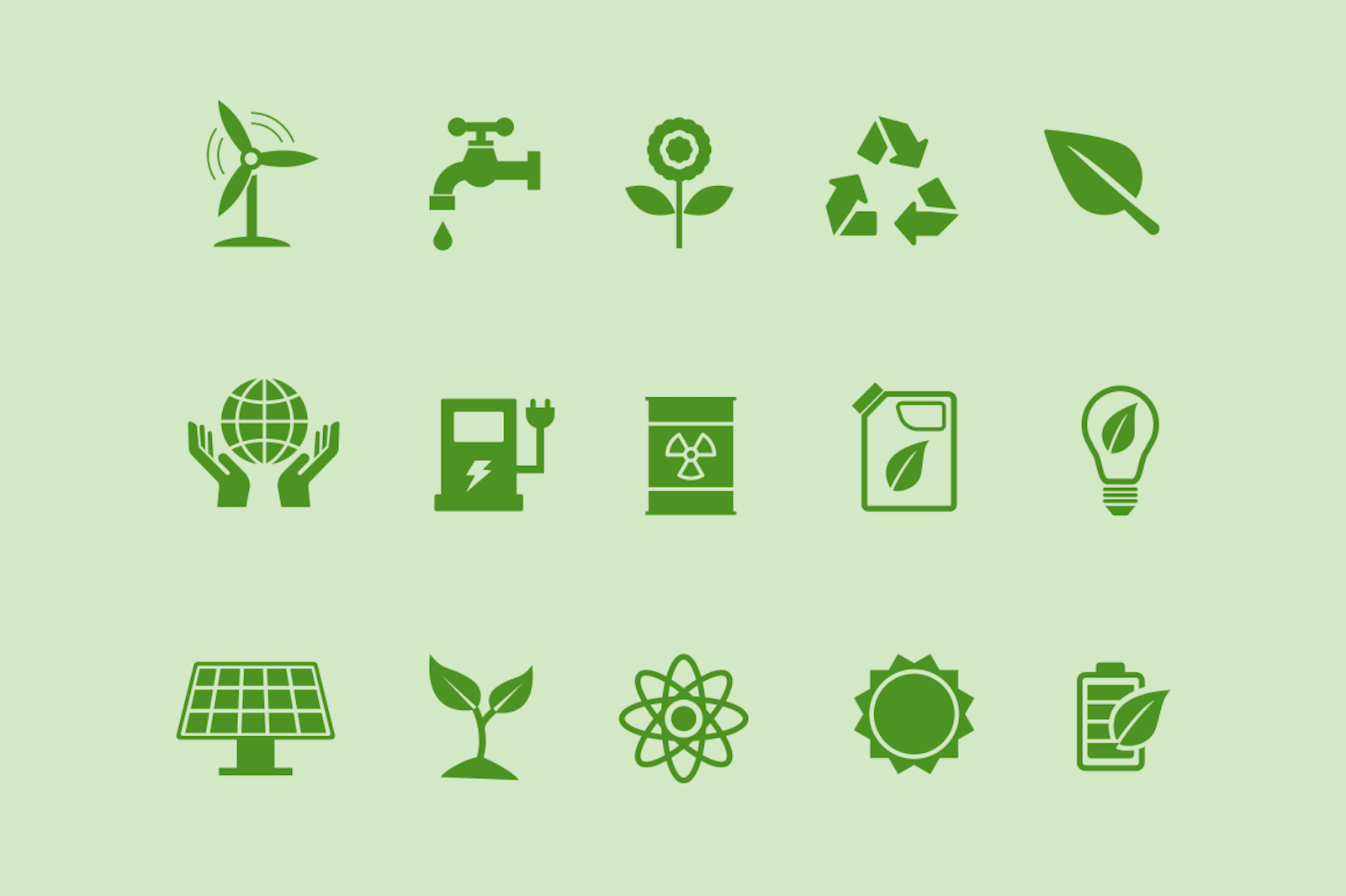Boesingheliede, Wednesday, 29 November 2023 – Amsterdam-based family business, Van Straaten, is one of the most sustainable large-format printing companies worldwide producing visual branding. The company is well on its way to achieving complete carbon neutrality in production and has been operating a 5-meter sublimation printer since 2016. Now, Van Straaten announces its intention to raise the sustainability benchmark once again within the industry. Not only will the company put its second next-gen 5-meter sublimation printer into operation this month, but also all substrates and Van Straaten’s entire business operations have been certified by the independent, global certification authority ClimateCalc. This makes Van Straaten the first fully ClimateCalc-certified company in the large-format printing industry.
Durst Rhotex 500
In 2016, Van Straaten introduced the world’s first Durst Rhotex 500 sublimation printer. The machine was specially developed and built on Van Straaten’s behalf, in order to produce as efficiently as possible, with less environmental impact, thanks to the use of water-based ink. In addition, the final product can be folded for transport, saving considerable space (and therefore CO2) compared to a roll. This month, the company is putting its second next-gen Durst Rhotex 500 into operation. The printer is even more economical and efficient than the first and, combined with the six 3.2-metre sublimation printers, gives Van Straaten a production capacity of over 8,000 m2 per day.
Measuring is knowing: ClimateCalc
At Van Straaten, all investments, further automation of business processes and product choices are always driven by the ambition to maximise sustainability. At the same time, the company sees that clients have sustainability high on their agenda. This is why Van Straaten has had its entire product range certified by the independent, global certification body ClimateCalc. The certification system is designed to provide precise information on the CO2 impact of graphic products from a lifecycle perspective. It offers the industry a complete, objective method to compare and improve products and efforts.
Objective and comparable
To calculate the CO2 footprint of each Van Straaten substrate, all the footprint data of that product (production, transport, storage, etc) is combined with the company’s total footprint data. In this manner, every product receives a tangible score, allowing for an objective and transparent comparison with other substrates. Niels van Straaten explains: “This figure helps our customers make the most sustainable choice and calculate the total CO2 effects on their projects. But, perhaps even more importantly, it helps us at Van Straaten, in our continuous sustainability journey. Every sustainability effort we make at product or company level is reflected in the new, lower figures for our substrates after the annual ClimateCalc audit.”
Recycle and re-use programs
Given Van Straaten’s commitment to making the entire supply chain more sustainable, investments are being directed towards this goal. The company is currently exploring all options to set up an integrated recycle and re-use program, in which they assist venues, event organisers and stand builders in collecting used prints, which Van Straaten then collects and reprocesses.
Learn more about sustainabilty at Van Straaten: www.vanstraaten.com/sustainability.

